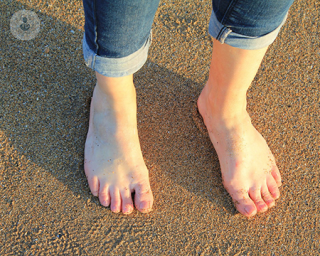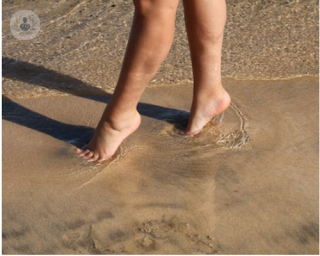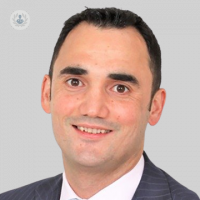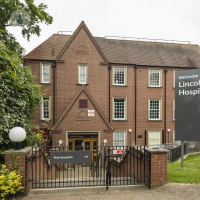Osteoarthritis of the ankle
Mr Jasdeep Giddie - Orthopaedic surgery
Created on: 11-13-2012
Updated on: 11-09-2023
Edited by: Conor Dunworth
What is it?
Ankle arthritis is a degenerative joint disease involving wear and tear of the cartilage that covers the bone. If these tissues wear, they won’t be able to cushion the weight that the ankle carries.
Ankle arthritis is not a common disease, and usually appears due to a foot or leg fracture. The opposite is true for hip or knee arthritis, which are much more common.
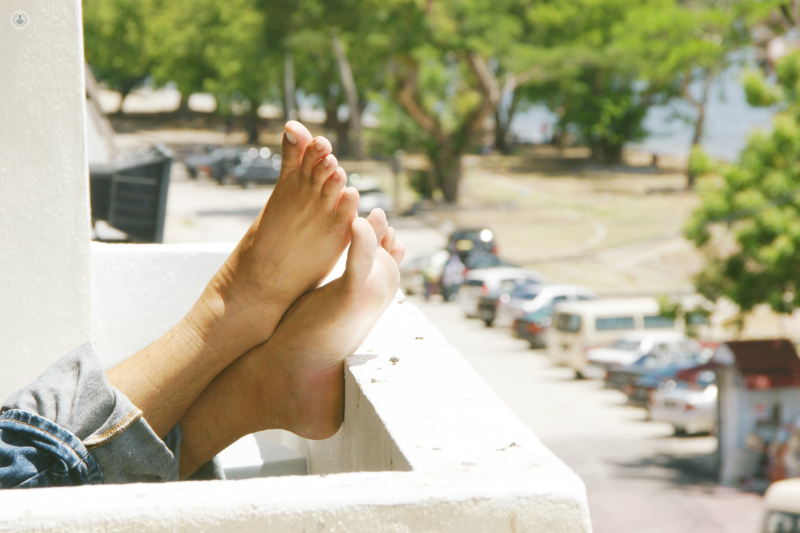
What are the symptoms?
A patient with ankle arthritis will normally feel:
- foot pain
- a feeling of pressure that makes them feel more tired and walk with difficulty.
Over time the ability to walk begins to decrease. In severe cases the person is unable to walk more than a few metres, if at all.
Tests for ankle arthritis
In order to correctly diagnose ankle arthritis the patients’ medical history must be taken into account, including any trauma that the ankle may have suffered.
The doctor will then examine:
- any sore areas
- the external appearance of the ankle joint and any potential deformities
- the joint’s mobility
- the patient’s walking pattern (gait analysis).
X-rays are normally taken, as they enable the doctor to look at the joints and bones in the foot. Sometimes further imaging tests are done, such as an MRI or CT scan. They allow a better view of the ankle and surrounding joints.
What causes it?
The main causes of arthritis in the ankle are:
- Traumatic arthritis: Occurs after a trauma or fracture of the ankle. It is the main cause of ankle arthritis.
- Alterations of the foot : Patients with flat foot or severe cavus foot may have ankle arthritis due to changes in joint movement.
How can it be prevented?
Some recommendations to prevent ankle arthritis include:
- avoid sports which could cause damage to your ankle, such as contact sports, and sports which involve jumping and spinning
- maintain strength and mobility in your legs with weight training, swimming pool exercises, and riding a bike
- maintain a healthy weight
- wear good-fitting shoes to protect your joints and feet
How is ankle arthritis treated?
Conservative treatment of ankle arthritis includes:
- steroid injections and anti-inflammatory drugs to reduce swelling and pain in the joints
- insoles to accommodate the foot better and reduce impact strength in the ankle when walking
- physiotherapy and advice on foot exercises to maintain the strength and mobility in your feet
In severe cases where you are experiencing a lot of pain or the join is badly damaged, you might be offered surgery. Surgery can either involve fusion of the ankle bones, or an ankle replacement. Both kinds of surgery can now be carried out using minimally-invasive techniques, resulting in reduced postoperative pain and a faster recovery.
What specialist should I see?
If you have arthritis it is likely you will see a rheumatologist for conservative treatment. Ankle surgery involves referral to an orthopaedic surgeon.

